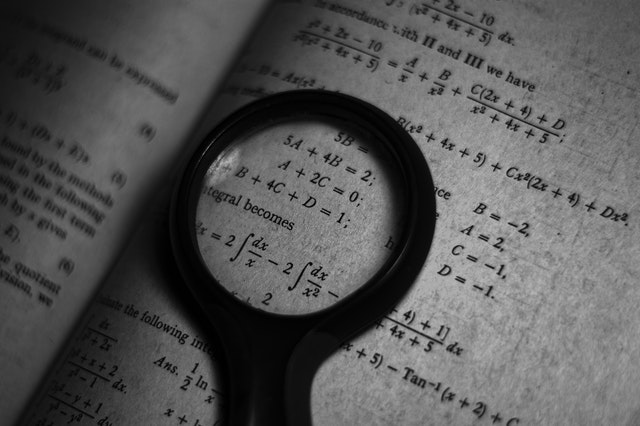When you draw a house generally use the shapes like rectangle, square and trapezoidal.
Do you know all these shapes have 4 corners, 4 sides, and 4 angles? Can we use a single term for all these shapes? Yes. We can call them quadrilaterals. A quadrilateral is a polygon with 4 corners, 4 sides, and four angles. The word “quadrilateral” is formed from the Latin words Quadri and latus, which means a variant of 4 and “side”.
Table of Contents
Area of Quadrilaterals
The area concept was first used in the 5th century. But the quadrilateral area was first developed by Brahmagupta in the 7th century. It is known as Bhrmagupta’s formula for the area of a cyclic quadrilateral. The area of a quadrilateral is the amount of space occupied within the perimeter of a two-dimensional figure. Each one of the quadrilaterals has a different expression for the area. Ex: Area of square = a2 sq units. Where ‘a’ is the length of a side. Calculating the area of a quadrilateral is beneficial in many fields. Ex: construction, architecture, designing, etc.
How Do You Classify the Quadrilaterals?
Quadrilaterals can be broadly classified as simple quadrilaterals and complex quadrilaterals.
Simple quadrilaterals:
The edges of these quadrilaterals never cross or intersect. Convex and concave quadrilaterals come under this category. Ex: Square, Rectangle
Convex quadrilaterals: Are the quadrilaterals with diagonals contained within them and all their interior angles are less than 1800. Ex: Square
Concave Quadrilaterals: Are the quadrilaterals with one of their diagonals lying outside the quadrilateral. One of its interior angles is more than 1800. Ex: Arrowhead
Complex quadrilaterals:
The edges of these quadrilaterals cross each other. They are also called self-intersecting quadrilaterals.
Ex: Anti parallelogram
Properties and Area of Some Basic Quadrilaterals
Let’s learn what is the area of quadrilateral and some of the other common properties of the quadrilateral.
Square:
As you know a square is a quadrilateral with 4 equal sides and 4 equal angles (900). The diagonals bisect each other in a square perpendicularly. It has got parallel sides.
Area of a square = a2 sq units. Where a is the side length of the square.
Rectangle:
In a rectangle also all the interior angles are equal to 900 as that of a square, but it has got equal and parallel opposite sides. Its diagonals bisect each other.
Area of a rectangle = bh sq units. Where b is the base and h is the height of a rectangle.
Rhombus:
Rhombus has similar properties as that of squares. It has 4 equal sides and perpendicular bisecting diagonals, opposite sides are parallel and the sum of two adjacent angles of a rhombus is equal to 1800.
Area of a Rhombus = ½ d1d2 sq units where d1 and d2 are the lengths of diagonals.
Parallelogram:
It is a quadrilateral with equal and parallel opposite sides. Diagonals of the parallelogram bisect each other. The sum of its two adjacent angles is equal to 1800. Opposite angles are equal.
Area of a Parallelogram = base × vertical height sq units
Trapezium:
It has a pair of sides parallel to each other. Diagonals of this quadrilateral bisect each other in the same ratio. Adjacent sides are supplementary.
Area of a trapezium = ½ (x+y) h sq units. Where x and y are the lengths of parallel sides and h is the height.
This is all about quadrilaterals. Now I want you to learn about the perimeter of all the shapes. It is a bit off-topic. A Perimeter is a boundary of a two-dimensional shape. Each of the above-mentioned shapes has a different perimeter. For further more detailed information visit the Cuemath website. It helps you in understanding the concept easily.













